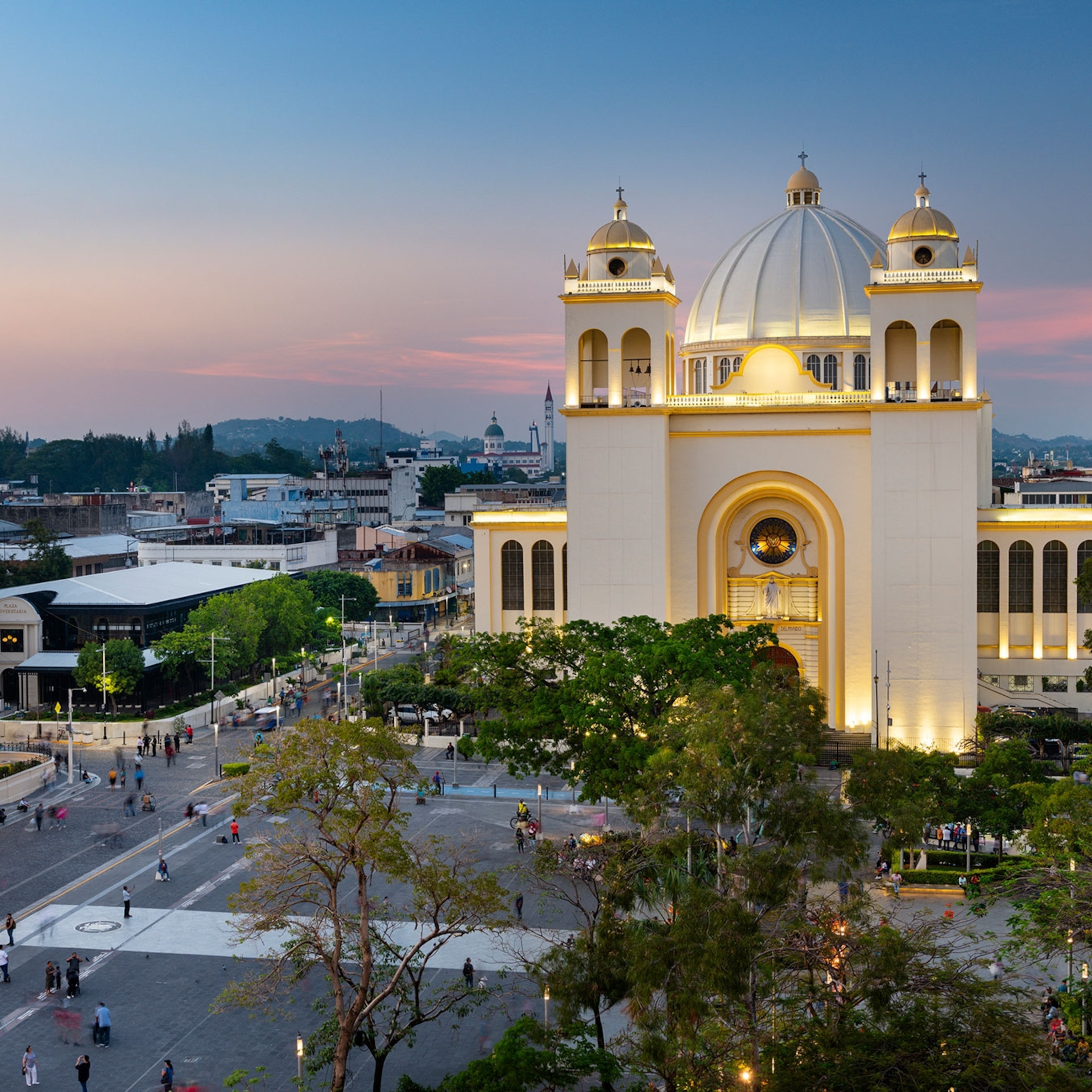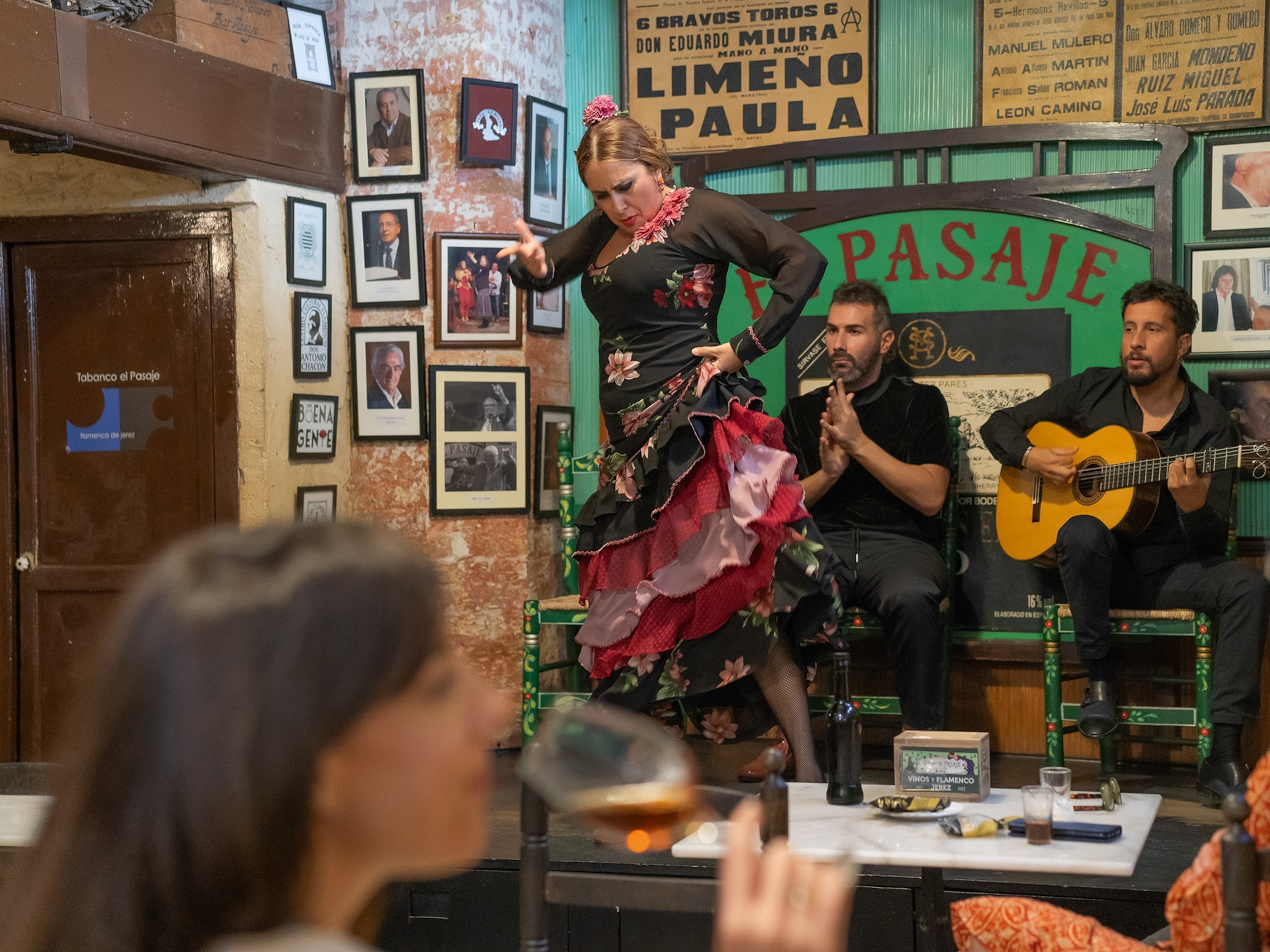
How the city of Naples is retelling its 2,000-year history through art, antiquities and pizza
While many cities confine their history to museums, Neapolitans are constantly retelling the city’s 2,000-year story through their greatest assets: fine art, antiquities and, of course, pizza.
In the National Archaeological Museum of Naples sits a young man, bending forward over himself, his left arm draped over his knee as he looks shyly down.
Naked, he’s the Roman god Hermes, according to the sculptor who cast him in bronze nearly 2,000 years ago, a commission destined for the lavish Villa dei Papiri in nearby Pompeii. But to me, he looks like someone else.
Only a few hours previously, I’d been looking at a bronze statue of another young man in the district of Sanità, 10 minutes away from the museum. He, too, was sitting down, bending across his own body; he, too, looked pensive. But that boy was in jeans and a T-shirt, and where Hermes sits alone in the museum, around this boy’s neck hung rosaries, placed there lovingly by the local community. Genny Cesarano was 17 when he was killed by the Camorra mafia in 2015 — an innocent bystander caught in crossfire as he chatted with friends in the district’s piazza.
His death rocked the working class neighbourhood. “Everyone flooded into the piazza to protest,” says local artist Paolo La Motta. Nobody wanted to forget, so they asked Paolo to make a sculpture to remember him by. Today, Genny’s bronze takes pride of place in Piazza Sanità. And there’s a reason he looks familiar — Paolo based his stance on that Hermes in the archaeological museum.
That’s the beauty of Naples: founded by Greek settlers in around 600 BC, it’s a place where past and present constantly intertwine. Where other cities stick their heritage in museums and vie to outdo each other with daring modern art, Naples is constantly retelling its own story. For example, instead of turning their backs on pizza, young Neapolitans are reimagining it; art galleries are slipping contemporary works in between Renaissance masterpieces; and people like Paolo are taking inspiration for their work from a 2,000-year history. All this gives Naples an energy that few other cities have. Yes, it’s rowdy. Yes, it’s chaotic. But it’s also electric.
Sanità is where the energy is currently pulsating. Long dismissed as a ‘bad’ area of town, over the past few years, outsiders have finally recognised its longstanding ‘good’ side, full of artisans and artists — with organised crime retreating as a result. Today, it’s one of the most popular areas to live in Naples — but where in other cities gentrification gradually excludes locals, Sanità’s emergence has been more of a re-evaluation of what was already there.
Some might view it as Naples in microcosm: there are Roman catacombs, even earlier Greek tombs, plaster elegantly peeling away from swaggering Renaissance palaces and motorbikes weaving between them all — but it’s a place where you’ll find the old and new enmeshed. In the Santa Maria della Sanità church, modern art sits alongside ancient; in its bowels, some youngsters of the quartiere (neighbourhood) fund social projects by giving tours of the catacombs of San Gaudioso, which are frescoed with jaunty 17th-century skeletons.
Down the road, at Pasticceria Poppella, Ciro Scognamillo has used his baker parents’ expertise to create Naples’ most in-demand sweet treat, the fiocco di neve (snowflake) — a choux bun stuffed with sweet, chilled and thoroughly addictive ricotta. Across the street, fourth-generation pizzaiolo (pizza chef) Ciro Oliva draws politicians and celebrities alike to Concettina ai Tre Santi, his farm-to-table-style pizzeria. And a block away, jeweller Vincenzo Oste has opened a tiny hotel-cum-gallery above his workshop and stuffed it full of art by his father, the renowned sculptor Annibale Oste, to encourage guests to connect with art in a more intimate way.
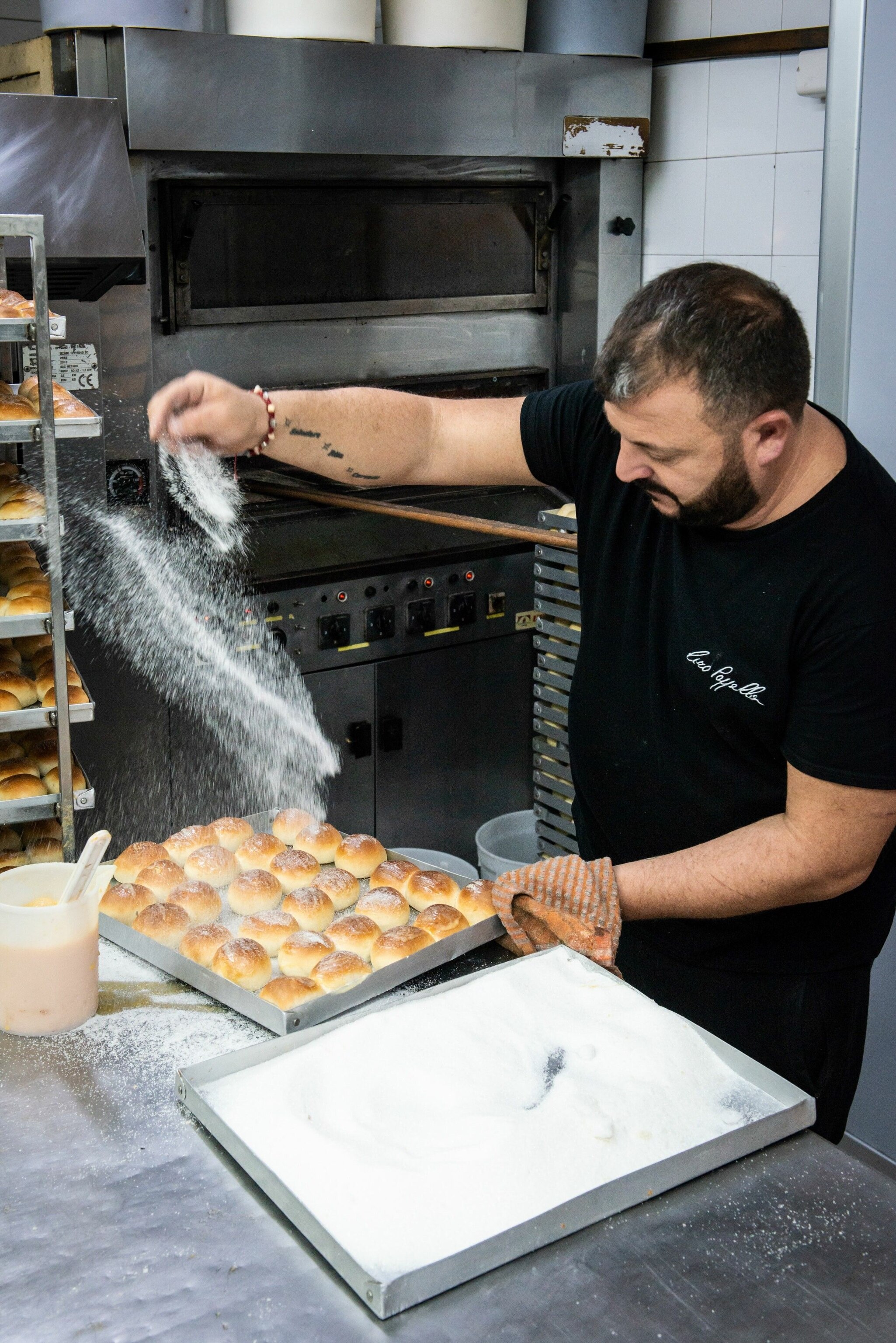
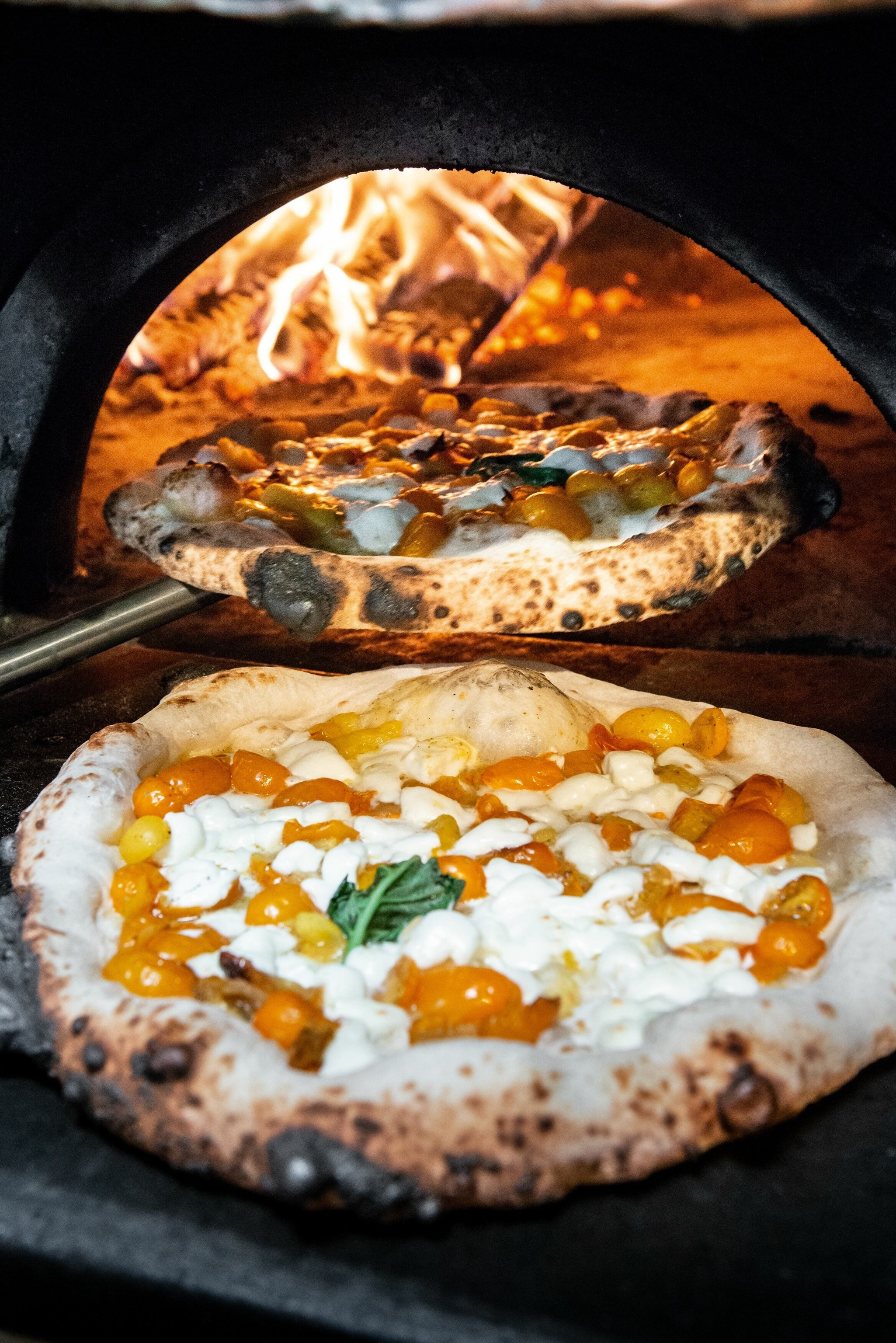
“I wanted to create something like a museum or a showroom,” he tells me, as we run our hands across his dad’s prototypes. Oste senior died around a decade ago, after working in Sanità for 60 years. “But with the five hotel rooms, I can introduce 2,500 people a year to my father’s work.” Again, past and present swirl into each other — the rooms here at Atelier Inès (named after Vincenzo’s wife, a fellow jeweller) are a hodgepodge of works by the different generations: Annibale’s lamps and sculptures teamed with Vincenzo and Inès’ fixtures and fittings. The doors are modelled on vases found in the ancient Greek underground tombs of Sanità; even the toilet brushes were designed in the workshop downstairs and smelted in Vincenzo’s nearby foundry.
“Artists have always brought our history forward,” he says, adding that Naples’ location, beside an active volcano and open to attack from the sea, has instilled a need to keep history close to hand. “Naples is a high-risk place — we know everything can change from one second to the next,” he says. “That knowledge is part of our identity, so we try to drag things from the past into the present before they disappear. And because of that uncertainty from Vesuvius, we renew, renew, renew.”
The art scene is where this weaving together of past and present is most obvious. The church of Pio Monte della Misericordia in the historic centre is known for its Caravaggio altarpiece, The Seven Works of Mercy. It’s an enormous, excoriating painting of swooping angels and spotlit people in varying degrees of need, but I’m struck by the coral sculptures by contemporary artist Jan Fabre, wedged into the surrounding niches, as well as the soothing Anish Kapoor sculpture in the traditional gallery upstairs. Nearby, a work by Banksy of the Madonna juggling bread rolls, with a pistol in her halo, has taken up residence by one of the Centro Storico’s most traditional pizzerias.
Then there’s the fantastic Museo di Capodimonte, truly one of Italy’s great art galleries, set in a sprawling palace above the city centre, built as a hunting retreat for the 18th-century Bourbon rulers. But this is no regular hifalutin gallery; here, modern artworks are sprinkled between the Titians and Caravaggios, energising the Old Masters, while the entire top floor is dedicated to contemporary artists, who leave a work for the collection with every temporary exhibition.
Up here, there are works by the likes of Andy Warhol, Louise Bourgeois and Anish Kapoor, but it’s Paolo La Motta’s exhibition that hits hardest. “Capodimonte meets Sanità” (open until 16 January) brings together Paolo’s paintings of the children he teaches pottery to, at a school for disadvantaged youths. As they’re modelling, he paints them — producing startlingly alive portraits with a hint of Renoir. One is already part of Capodimonte’s permanent collection: a Renaissance-inspired polyptych of four portraits of Genny Cesarano, whom Paolo taught as a 10-year-old. They blaze out from the wall, the mustard background glowing like the sun. That, Paolo tells me later, is down to the Pompeii-inspired ochres he used.
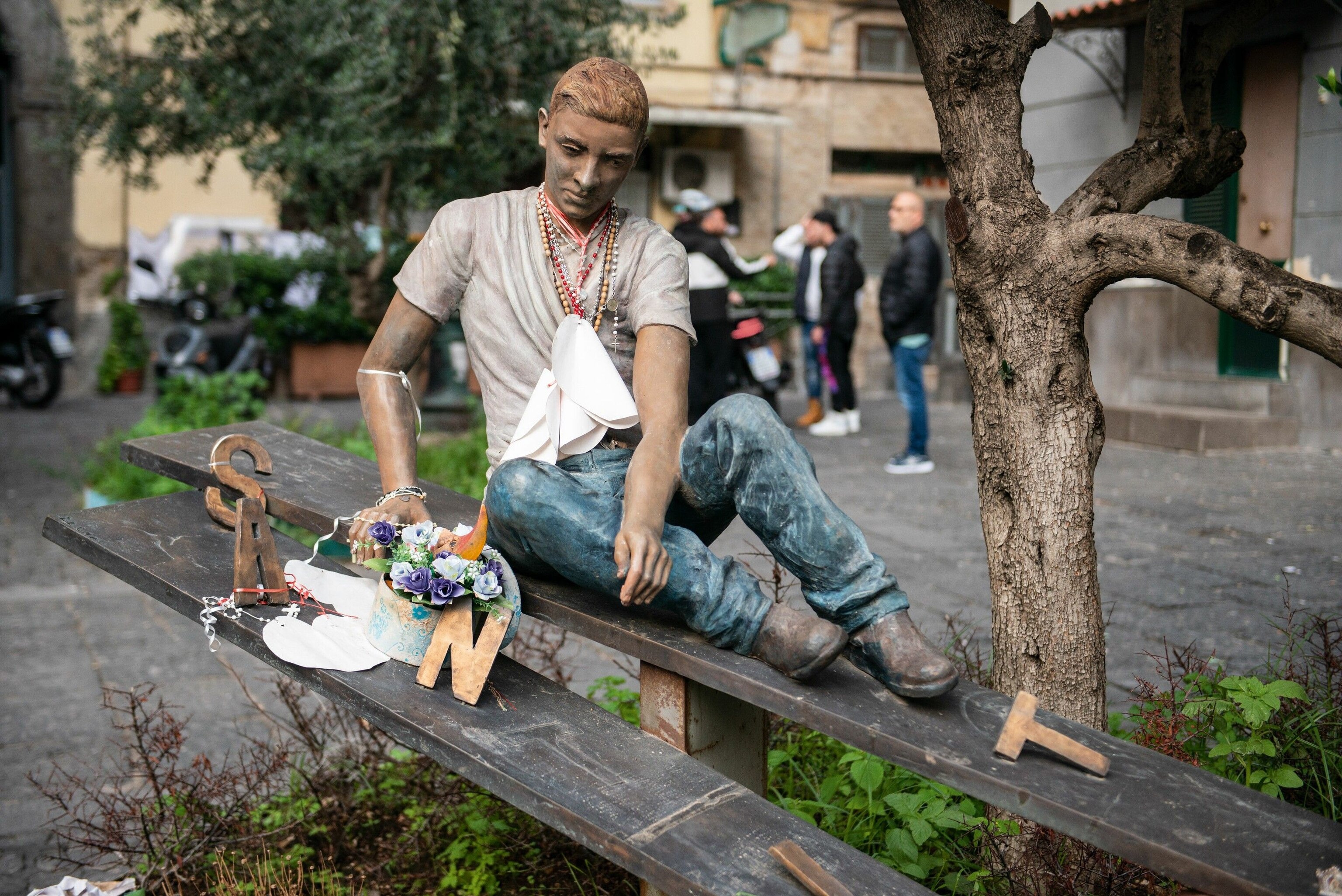
Life in Ruins
In fact, even Pompeii has that same frenetic Neapolitan energy. Excavations at Regio V, a previously unexplored section of the city, have uncovered new buildings, which have only just opened to the public this year. Vesuvius looms menacingly in the background as I walk the original basalt-paved street to the thermopolium, a sort of Roman version of a street food joint.
Here, archaeologists found remnants of food in amphorae slotted into a buffet counter, and even smelt wine as they excavated. The counter is painted brassy ochre, and frescoed with images of chickens and birds — a visual menu — while outside, electoral slogans (“He’s a man of honour! Vote for him!”) are daubed in scarlet on the walls.
Nearby, in the Casa del Giardino, which was being renovated at the time of the eruption, is an inscription that changes history: “The stuff must be delivered before November.” Previously, it was thought Pompeii was destroyed in August AD 79, but this, scrawled on a wall by builders, moved the date back to October. There goes Naples again, I think, rewriting its history, 2,000 years on.
Of course, the modern equivalents of that thermopolium are the pizzerias in Naples that toss out pizzas in a matter of seconds, so hot are the ovens and so skilled are the pizzaioli. At Le Figlie di Iorio, Teresa Iorio is multitasking, dashing between kitchen and customers as she flings ingredients such as meatballs, sweetcorn and even cream onto the dough, and her sister yells out the orders.
One of 20 children, larger-than-life Teresa comes from a family of pizzaioli. Although she makes all kinds, her focus is on fried pizza — what women traditionally made while the men were twirling dough discs, she tells me.
Tradition is important to her. “We have to remember our roots,” she says. “If a pizza becomes gourmet, it’s not pizza anymore.” And yet, her creation, which won her the accolade of world’s best fried pizza in 2017 — Femmena e Fritta, or ‘Female and Fried’ — seems anything but traditional: ricotta, lemon, pistachios, mortadella and provolone.
That’s where I’m wrong, Teresa tells me. For starters, she grew up eating mortadella because prosciutto cost too much for her pizzaiolo father. Plus, ricotta-stuffed rolls were popular when she was a child. “So in my pizza, I associated lots of things that I was brought up with,” she explains. “You have to keep innovating but you have to find a way to keep the tradition going at the same time.” Frenetic, inventive and forever sloughing off one skin to reveal the one underneath: few cities are as thrilling as Naples. And few are so modern, yet so tied to their past.
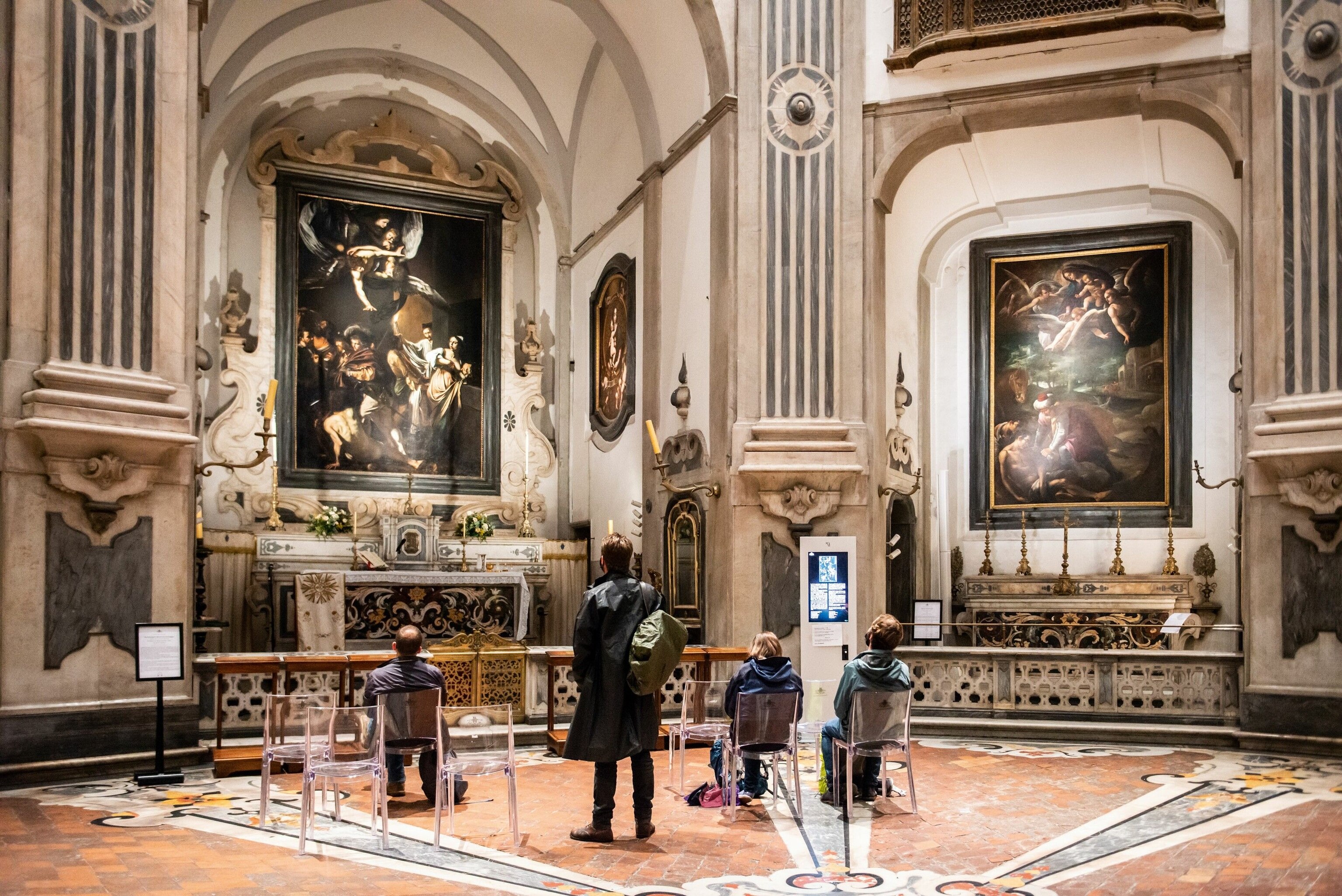
How to do it
Getting there & around
Trenitalia is launching a Paris-Milan route at the end of 2021, so the journey from London will take two days, breaking overnight in Paris or Milan.
EasyJet flies to Naples from Bristol, Gatwick, Edinburgh and Luton, while Ryanair flies from Manchester and Stansted. Wizz Air flies from Luton and British Airways flies from Heathrow.
Average flight time: 2h40.
Naples has a large city centre but taxis are expensive — fixed rates start from €13.50 (£11.40). The metro system is a good alternative to the notorious traffic. Only taxis will get you into the Centro Storico, so you’re best off on foot, while Pompeii is accessed via the Circumvesuviana train.
When to go
Summer can feel punishingly hot with highs of 31C, but spring is lovely, averaging 20C.
Where to stay
Atelier Inès, Sanità. From £127, B&B.
Palazzo Alabardieri, Chiaia. From £110, B&B.
More info
visitnaples.eu
How to do it
Citalia offers three nights in Naples at Palazzo Alabardieri from £699 per person B&B, with flights from Gatwick, private transfers and a half-day tour of the city.
Published in the Jan/Feb 2022 issue of National Geographic Traveller (UK)
Follow us on social media
Facebook | Twitter | Instagram

